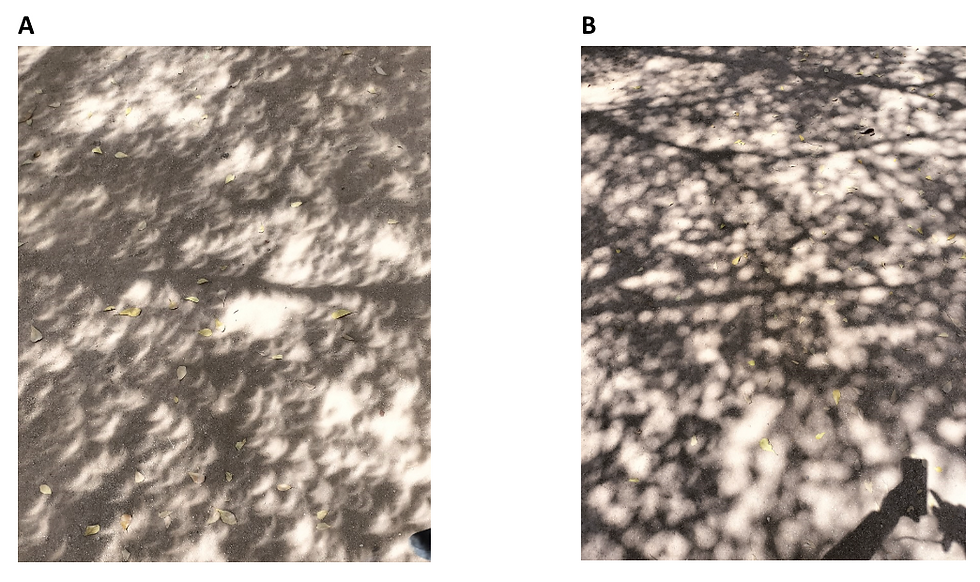Light and sound for breast cancer study
- Emiliano Terán
- Sep 17, 2023
- 2 min read

Breast cancer affects a significant percentage of women worldwide, with an estimated 20% of women globally affected, according to the World Health Organization (WHO). In Mexico, the proportions are equally substantial, with a significant percentage of women in the country also affected by breast cancer. In the realm of breast cancer detection, various methods exist, ranging from invasive procedures to non-invasive techniques that use non-ionizing radiation to detect changes in the internal structures of breast tissue. These techniques enable earlier detection and more accurate diagnosis, increasing the chances of successful treatment.
Exploring Breast Cancer Detection Techniques
In breast cancer detection, both invasive and non-invasive techniques are employed. Invasive techniques involve the direct sampling of breast tissue, such as biopsies, which can take different forms: needle biopsy, where a small sample of suspicious tissue is extracted for analysis; surgical biopsy, involving the removal of a portion of breast tissue for detailed study; stereotactic biopsy, using mammography to guide tissue sample collection; and vacuum-assisted biopsy, employing a specialized needle for tissue extraction.
In contrast, non-invasive techniques allow for the identification of potential abnormalities without the need for surgical procedures or direct tissue extraction. These include digital mammography, which uses low-dose X-rays to obtain detailed images of breast tissue; breast ultrasound, employing sound waves to create images of the breast; and magnetic resonance imaging (MRI) of the breast, providing three-dimensional images of breast tissue. Additionally, a particularly promising non-invasive technique called photoacoustic imaging combines light and sound to identify potential abnormalities. This technique has proven highly effective in detecting changes, ranging from complex structures to individual molecules within breast tissue.
Innovative Photoacoustic Technique
Photoacoustic imaging is a fascinating technique based on how light interacts with matter. When light strikes a material, it can be absorbed and scattered, resulting in a redistribution of energy within the tissue. For some molecules, this energy is transmitted through vibrations, akin to the material becoming a sound resonance box. The wavelength of light is a critical factor for this phenomenon to occur.
In our collaboration with researchers from the General Hospital of Mexico "Dr. Eduardo Liceaga," we explored the optical properties of a special medium known as a "phantom," specifically designed to simulate breast tissue structure. This was achieved using infrared light, and the phantom primarily consists of polyvinyl alcohol (PVA), allowing us to effectively simulate breast tissue. This approach enables us to conduct preliminary research on non-homogeneous optical media and test our theories and therapies to more accurately identify cancer-related molecular alterations. Photoacoustic imaging emerges as a valuable tool in our efforts to enhance early breast cancer detection and, ultimately, save lives.
Final Remarks
In conclusion, we have observed that the use of non-invasive techniques, utilizing light as a precise and easily accessible tool, is essential in the research and management of breast cancer and cancerous tissues. Our commitment lies in advancing in this direction to offer innovative, non-invasive options to society for the detection and treatment of this disease, which significantly impacts women and, to a lesser extent, men.
Emilano Teran
Referencias
Ramírez-Chavarría RG, Pérez-Pacheco A, Terán E, Quispe-Siccha RM. Study of Polyvinyl Alcohol Hydrogels Applying Physical-Mechanical Methods and Dynamic Models of Photoacoustic Signals. Gels. 2023; 9(9):727. https://doi.org/10.3390/gels9090727



Comments